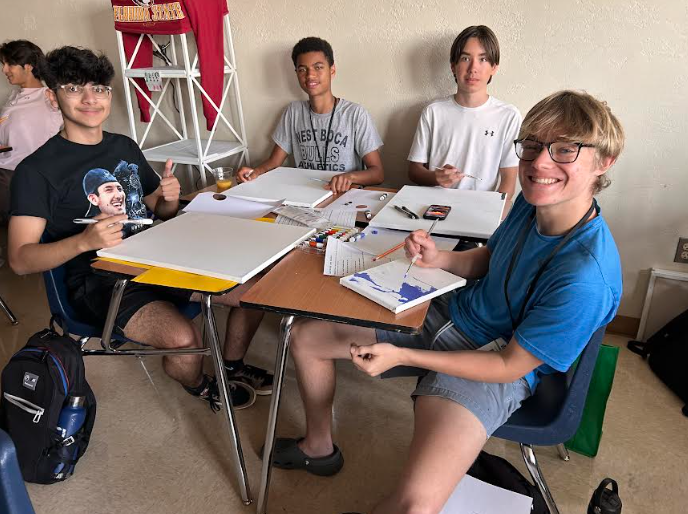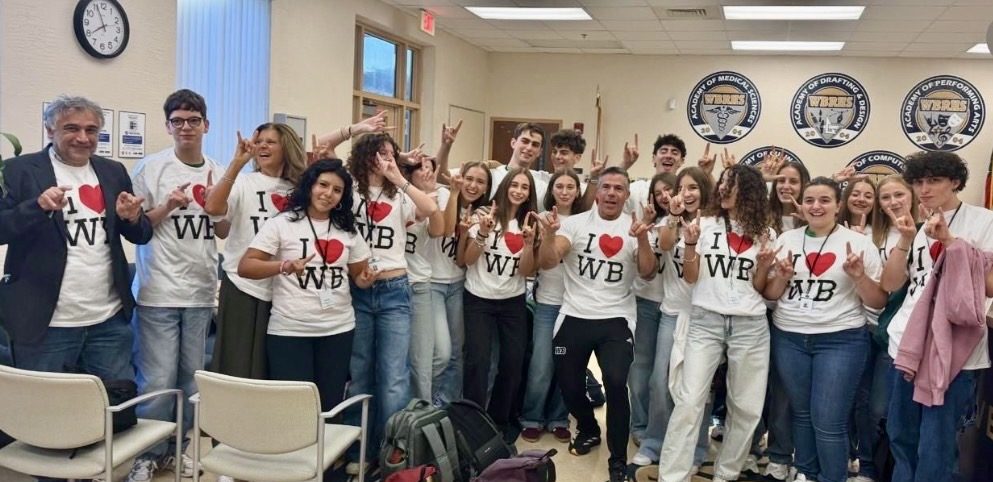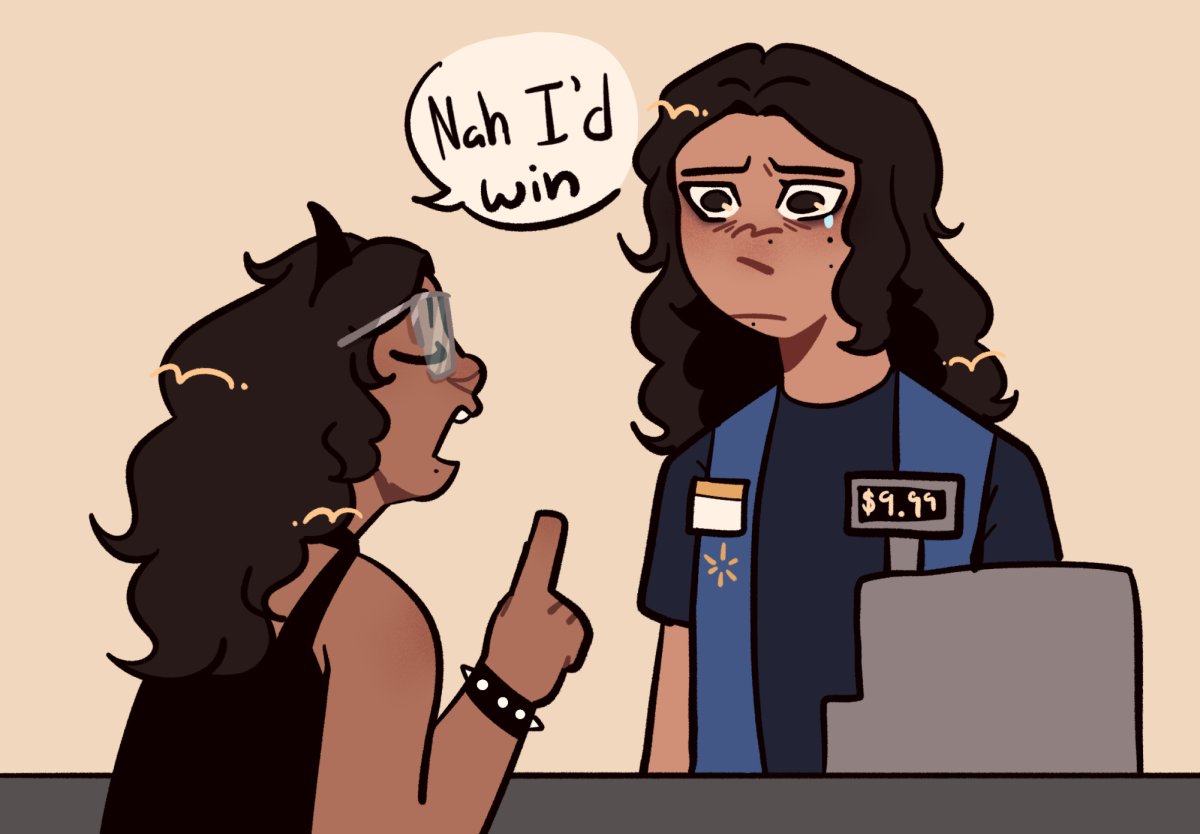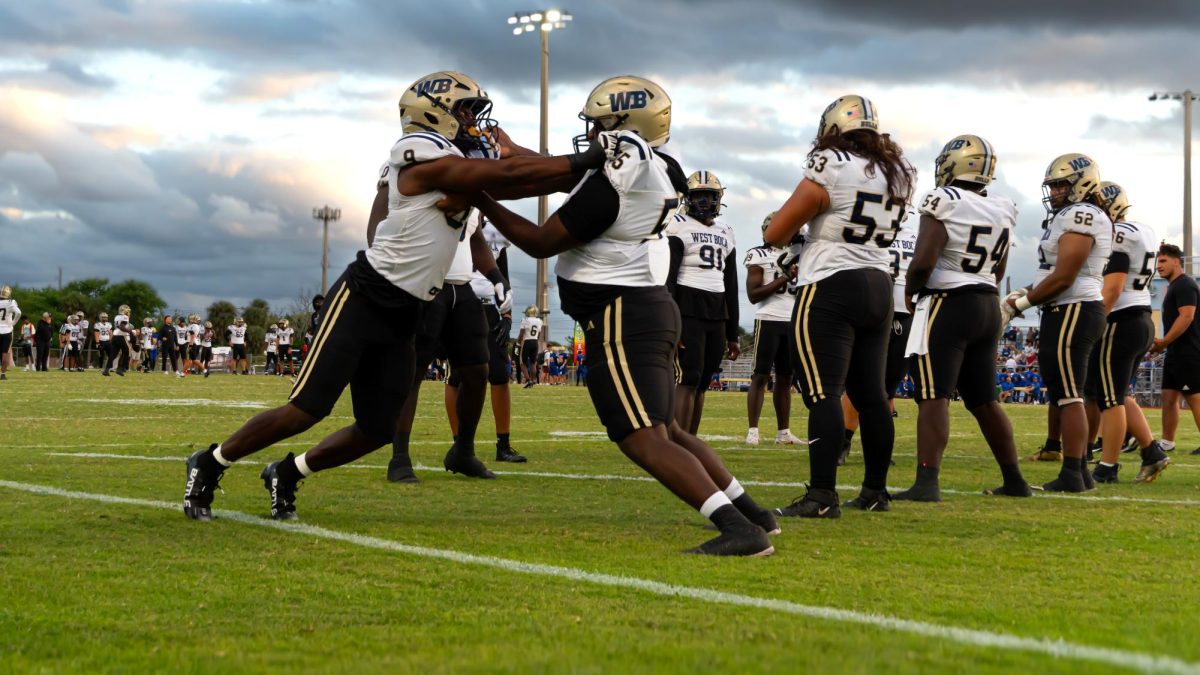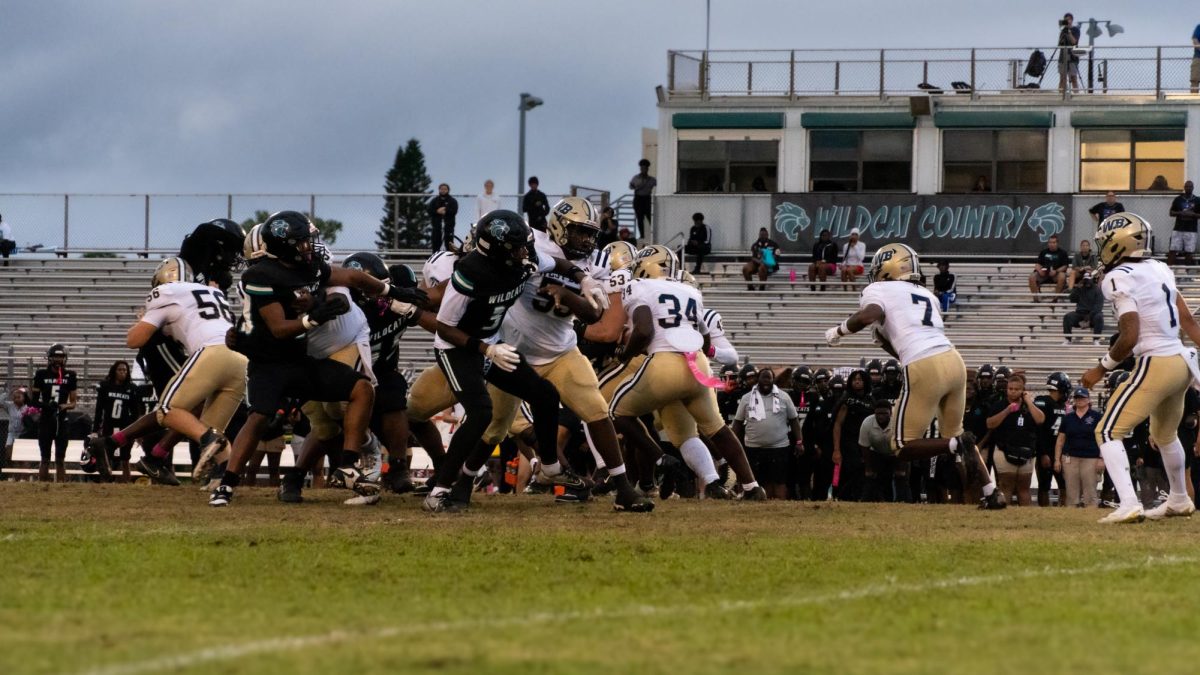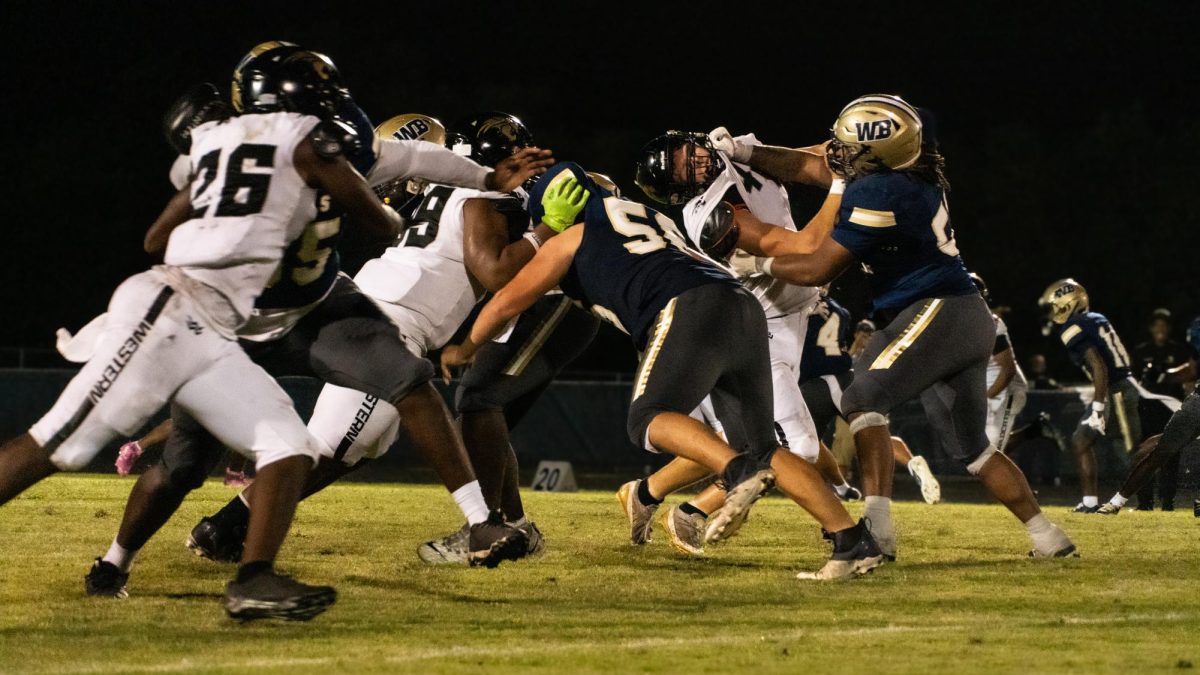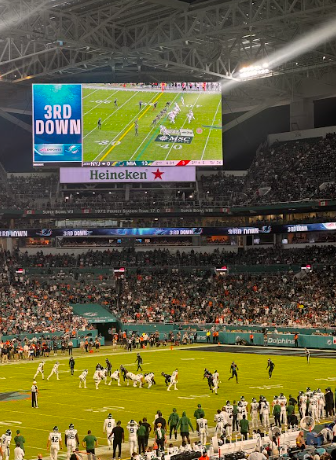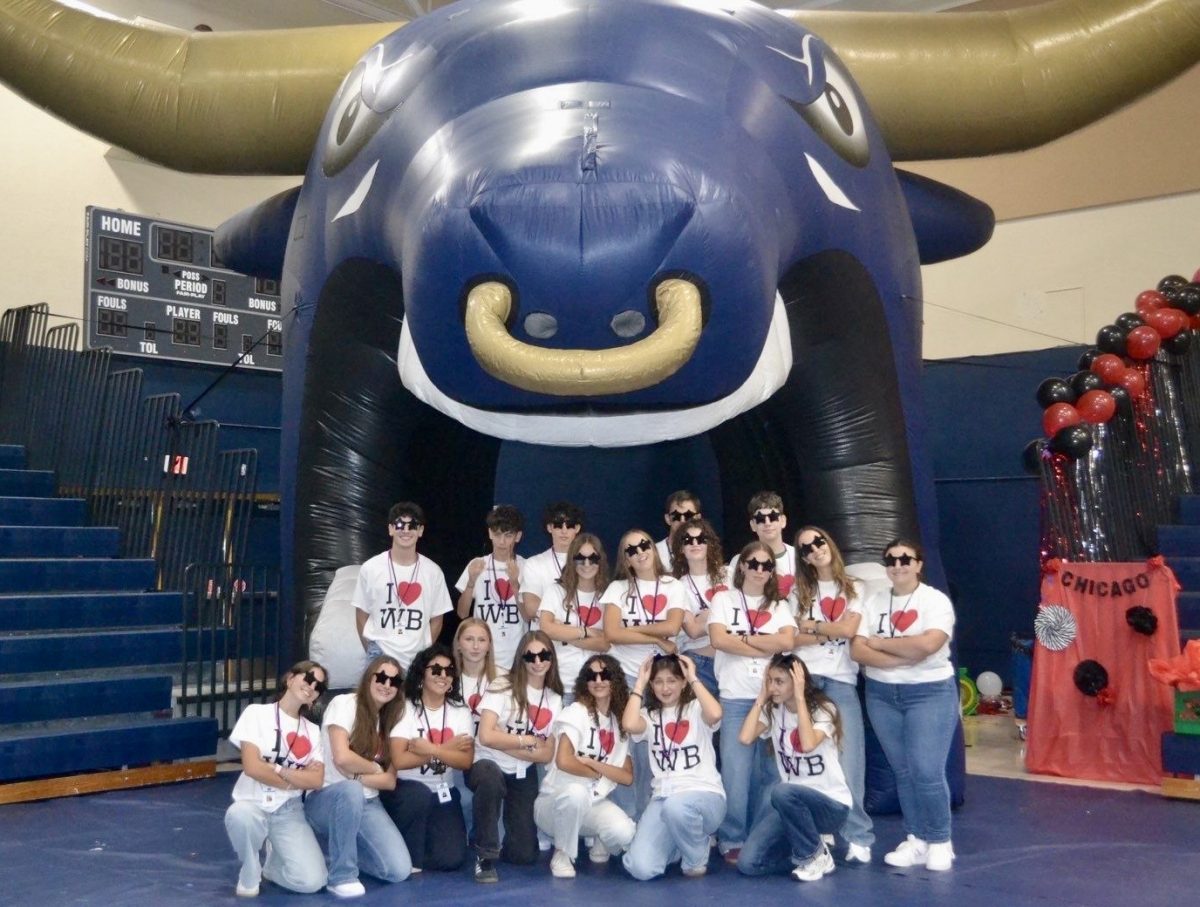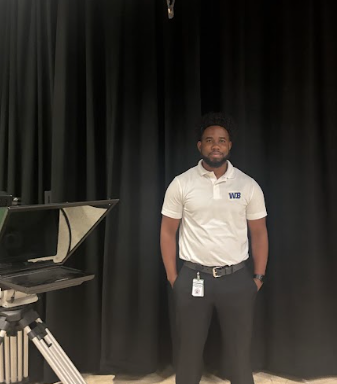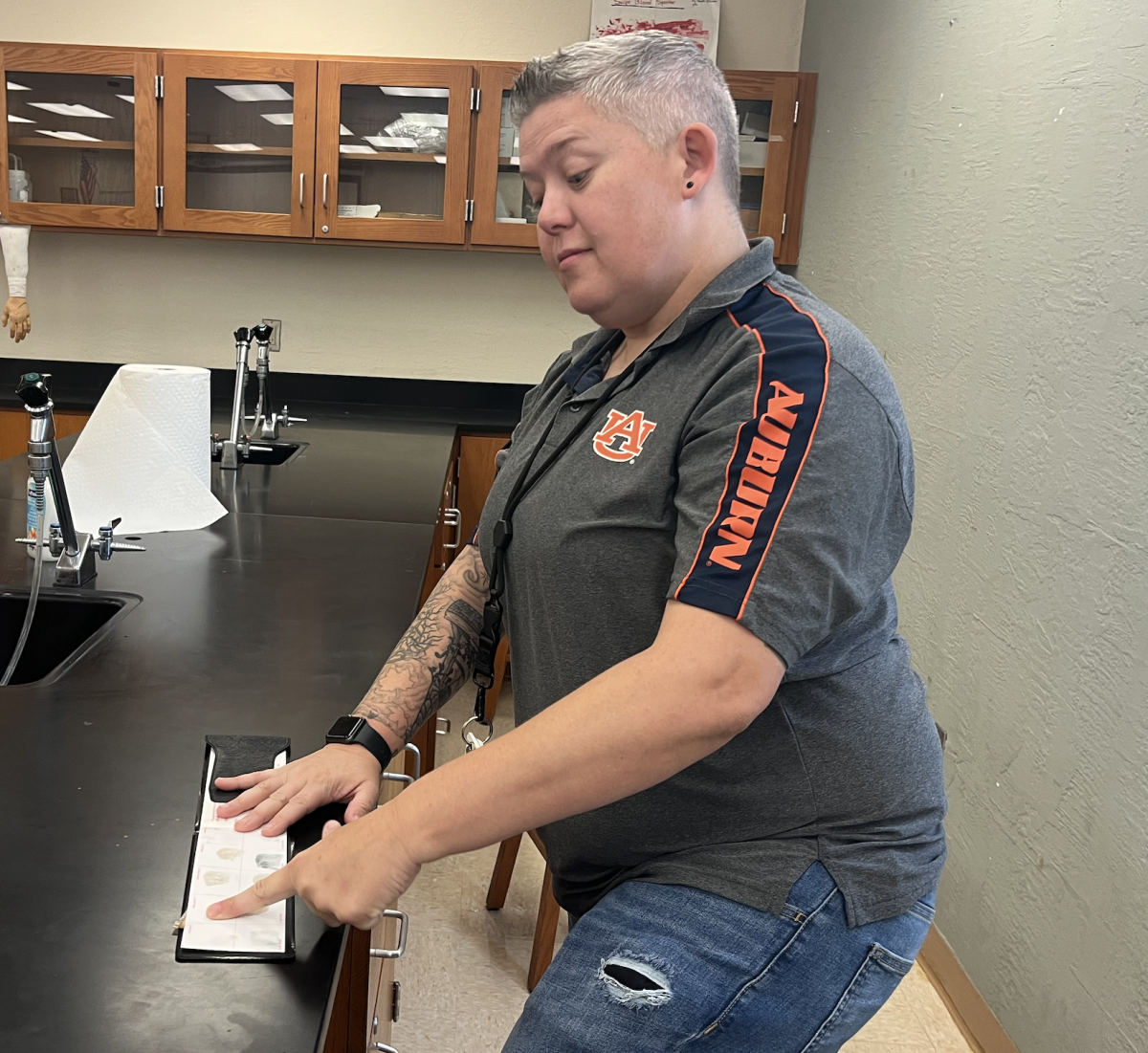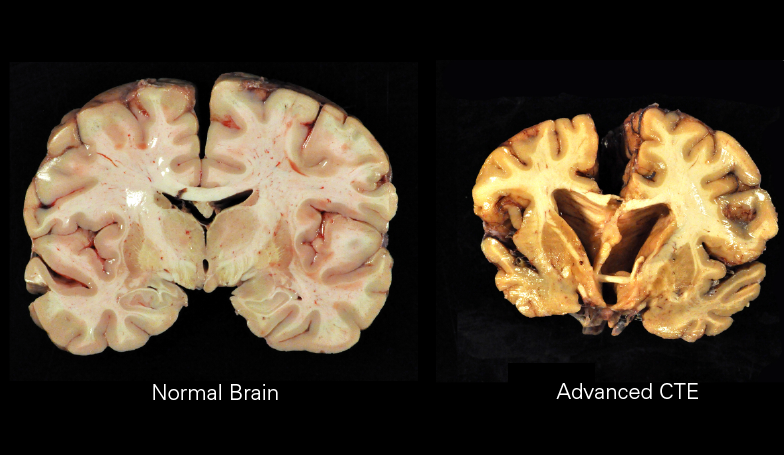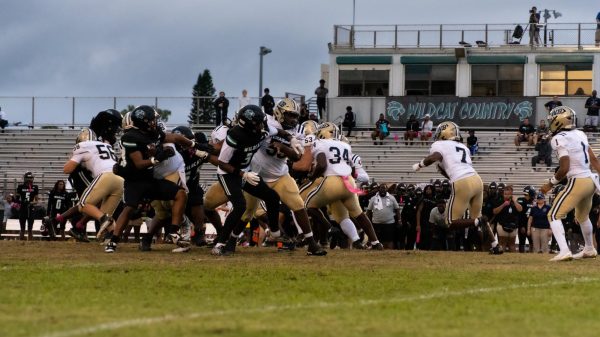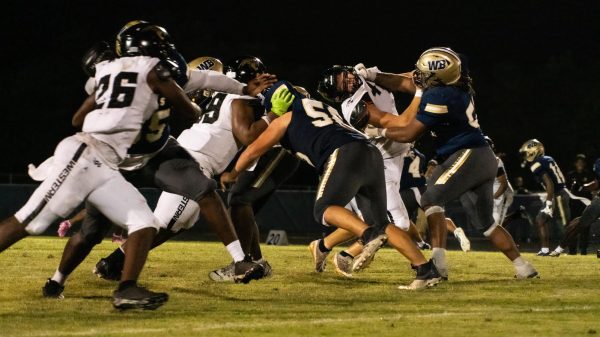Headshot
The Lifelong Impact of Traumatic Brain Injuries on Millions of Athletes
August 28, 2019
In today’s age, the number one concern across all major sports is player safety, especially regarding injuries involving the head. Throughout the past decade research revolving around the dangers of hits to the head has flooded into the public conversation. As the awareness around head injuries increases, so have the safety protocols. Beginning at the level of young kids and continuing through professional leagues, actions have been taken to protect players. For example, the NFL and NHL have “concussion spotters” sitting in the stands with the sole goal of recognizing a dangerous impact on the head of an athlete. At lower levels, coaches, referees, and often players are required to take a safety course that details the dangers and care of players’ head. The brain is the most important aspect of one’s existence and should be treated that way.
Sparking the national discussion around brain injuries, was a report published by the New York Times in 2017. The report detailed a neuropathologist review of the brains of 111 NFL football players. After examination, the neuropathologist diagnosed all but one of the 111 with CTE. CTE, which stands for chronic traumatic encephalopathy, is a “degenerative disease linked to repeated blows to the head.” The disease carries the symptoms of dizziness, confusion, repetitive headaches, headaches, social instability, and speech problems. Additionally, CTE can expedite the coming of diseases common in the elderly, such as Parkinson’s and dementia. Athletes with CTE are also more likely to die younger and/or develop mental illnesses such as depression and suicidality. Brain injuries, in a sense, take away everything it means to be a self-aware, self-controlling person. Another example of the harm caused by CTE was displayed after the suicide of former football player Aaron Hernandez. Hernandez hung himself in his jail cell while serving his life sentence for murder. After his death, it was discovered that he had the most severe case of CTE ever for someone his age or younger. This nearly proves that those with CTE can inflict serious harm to society. CTE is just the tip of the iceberg, however.
The dangers of football and other contact sports are extremely apparent and go beyond the traumatic disease of CTE. A recent study, published in the summer of 2019, demonstrated the damage caused by impacts that do not necessarily lead to concussions. The study by Brandford Mahon mapped the center of the brain. These scans displayed a “fraying” of tissue and the level of damage was consistent with the amount hits a player received throughout the season. Using a device on each individual’s helmet allowed the scientists to compare the number of and strength of the impact of hits on specific players. This study showed the extreme damage received by young football players. Many of the most damaging hits to the brain do not cause serious pain or lead to obvious concussion symptoms. As a result, athletes, many of them being young and eager to compete, unknowingly return to action when it is most necessary to care for their brain.
Evaluating athletes at a school level is arguably more important than evaluating professionals. First, the brains of these kids are still in a crucial stage of development, and an injury can be the source of stunted brain development and lifelong cognitive issues. Furthermore, high school and college-aged athletes outnumber professionals by huge margins. In the United States, there are over 1 million high school football players, 50 thousand players at the college level and only 1,700 at the NFL level. Sports being just equally as damaging at younger levels will produce a vastly more impacted society. Studies involving high school athletes have also shown significant damage to the brain. According to Prevacus.com, “At least one player sustains a mild concussion in nearly every American high school football game.” Due to this West Boca and other high schools throughout the country have taken action to prevent these types of injuries. Such action includes having an ambulance and/or trainer at every game to care for an injured player.
The lifelong trauma resulting from brain injuries is undeniable. As schools and leagues work to mitigate the dangers of impact sports through safer helmets and more regulation, hundreds of thousands of kids will continue to take hits that affect the rest of their lives. Schools must be transparent and display the dangers of playing violent sports. Openness regarding the risks of playing a sport is necessary to ensure that all athletes are prepared for dangers that regularly transpire in virtually every game. A single hit can develop into a tragedy. Consequently, athletes must understand the vast perils of athletics to shield themselves and others from the potential life long damage provoked by violent sports.
The Bullseye reached out to the Bulls’ coach but received no response.


